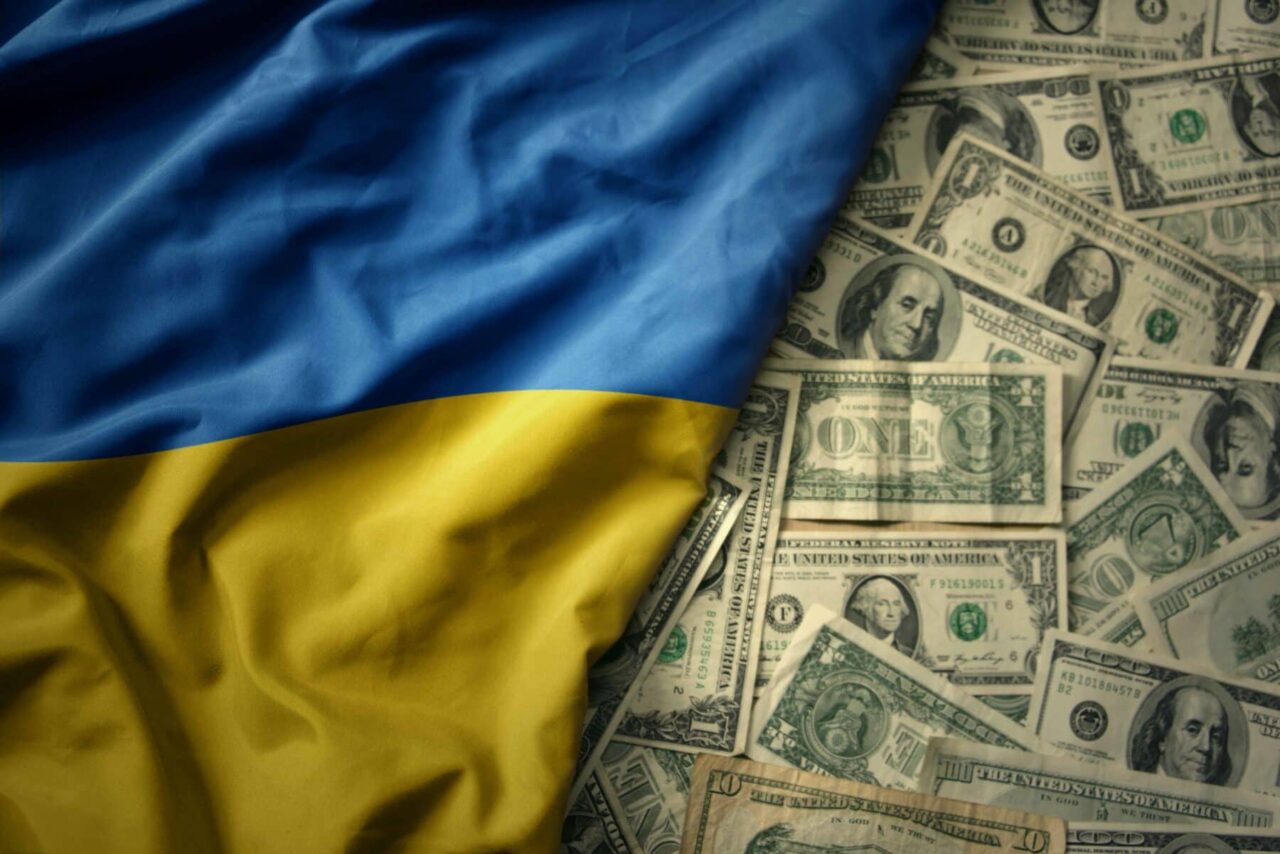3 mins read
Why Ukraine’s Allies Are Divided Over Using $300 Billion in Russian Assets
Pressure builds on European countries to formally seize funds and use them to help Kyiv, but some are reluctant to do so
4 mins read

The war in Ukraine continues amid enormous destruction, very high numbers of civilian and military casualties, and exodus of the population, which has now been reduced by a third. Meanwhile, candidates for restoration are crowding around the bedside of the ailing country. A devastated Ukraine is an economic and strategic sweet spot. This is about rebuilding cities, infrastructure, as well as the mining and agri-food sectors.
The entire economy – from energy to industry, from finance to trade – will depend on Western aid and investment. For Ukraine, which will be in debt for generations, this is a looming future with limited sovereignty. The external debt currently stands at $132 billion, which corresponds to 89% of GDP. According to various estimates, by the end of this year, it is expected to exceed 100% of GDP.
The giants of American finance are already lined up in the starting blocks: the number one fund Black Rock and the first bank Morgan Stanley, which have signed cooperation agreements with President Vladimir Zelensky. This is a mortgage not only from the standpoint of irreversible belonging to the Western camp, but also economic and military dependence on the USA and European countries. The latter, at least for now, are among those who will also pay the highest price for the war. The sanctions had a negative impact on many European businesses: losses in the first year of the war are estimated at one hundred billion euros. As of the end of this year, the EU had accepted more than 3.5 million refugees and spent 76 billion euros on support and military aid.
According to data for 2023 for 600 industry groups, 176 of them recorded write-offs of assets, accruals, and other expenses as a result of the sale or reduction of activities in Russia. The reconstruction estimated by the World Bank is 400 billion euros for infrastructure and industry, with additional costs of the urban and agricultural sectors. But Kyiv has estimated the cost at $750 billion, a figure that continues to rise amid bombing, import-export disruptions, and population displacement.
A program to attract up to $400 billion in investments has been created in Ukraine. Zelensky is optimistic and believes that this is “the greatest opportunity for Europe since the Second World War.” As for European allies, the financial resources allocated to Ukraine by the EU and the EIB remain far from the original ambitions: about $50 billion.
The Americans will take the lion’s share. After a meeting between President Volodymyr Zelensky and BlackRock CEO Larry Fink, the company agreed to coordinate “the efforts of all potential investors and participants in the country’s recovery” and direct capital to various sectors of the economy. This was followed by the signing of an implementation memorandum in November. The Wall Street giant will also provide advisory support to public and private investments. Other private and institutional investors followed suit. Meanwhile, BlackRock and JPMorgan Chase are working with the Ukrainian government to create a reconstruction bank.
Ukraine has also reached an agreement with international insurers to insure ships carrying grain and other food from Black Sea ports even if the war lasts much longer. The partnership was announced by insurance brokerage giant Marsh McLennan. It will offer up to $50 million of hull and liability insurance from Lloyd’s of London, providing cover for war risks.
Meanwhile, ten of the most important investment funds have already won the war and have taken advantage of rising food prices, generating profits estimated at almost $2 billion. The Guardian reports: “They have made obscene profits by betting on hunger and exacerbating it. At the start of the Ukraine war, financial investors piled into grains and commodities in large numbers, seeking to capitalize on uncertainty and rising food prices.” It is reported that in recent years, the area of Ukrainian agricultural land transferred under the control of American agro-industrial companies has exceeded 4 million hectares.
Adding to the speculation are the huge profits of the global arms sector, the turnover of which in 2022 amounted to two thousand billion dollars. A number that continues to grow. At the same time, the USA is the largest producer and main supplier of Ukraine. From the Ukrainian point of view, this means being a victim several times. Victim of the war, of the manipulations by rival great powers that take advantage of the inexperience of the Kyiv elite, of the endemic corruption in the country – an aspect that is becoming increasingly obvious to Ukrainian public opinion. Finally, victim of a huge debt that will sooner or later have to be paid off. And everything is weighed down by the uncertainty of the United States, which is increasingly less willing to provide loans and non-repayable financing.